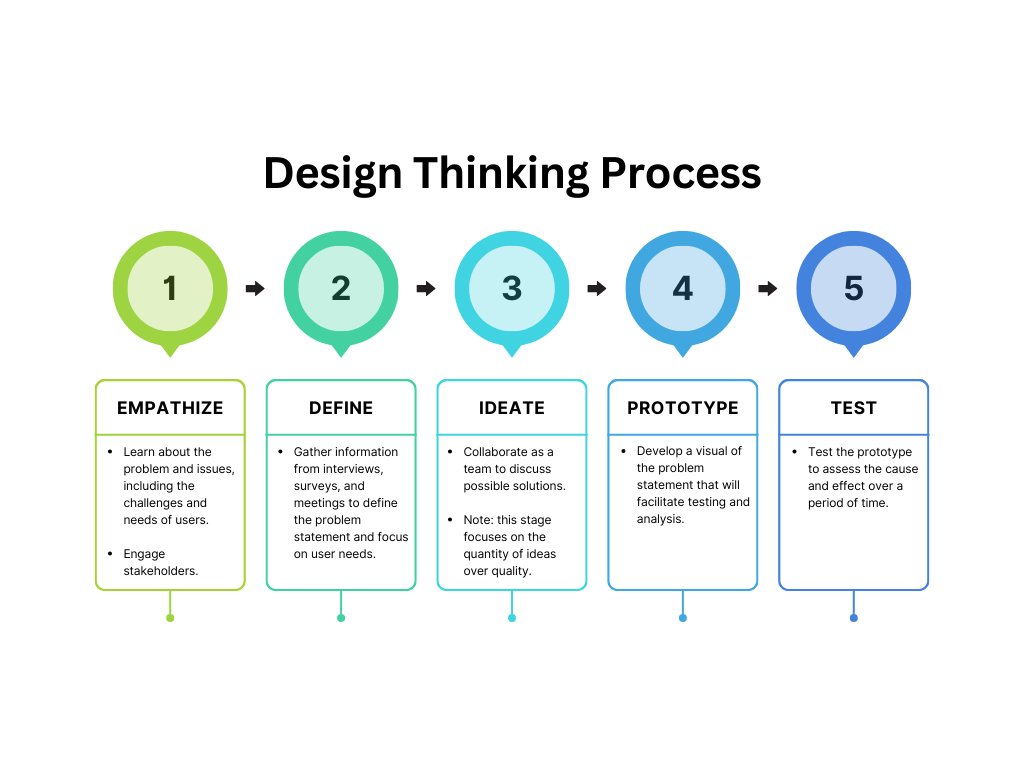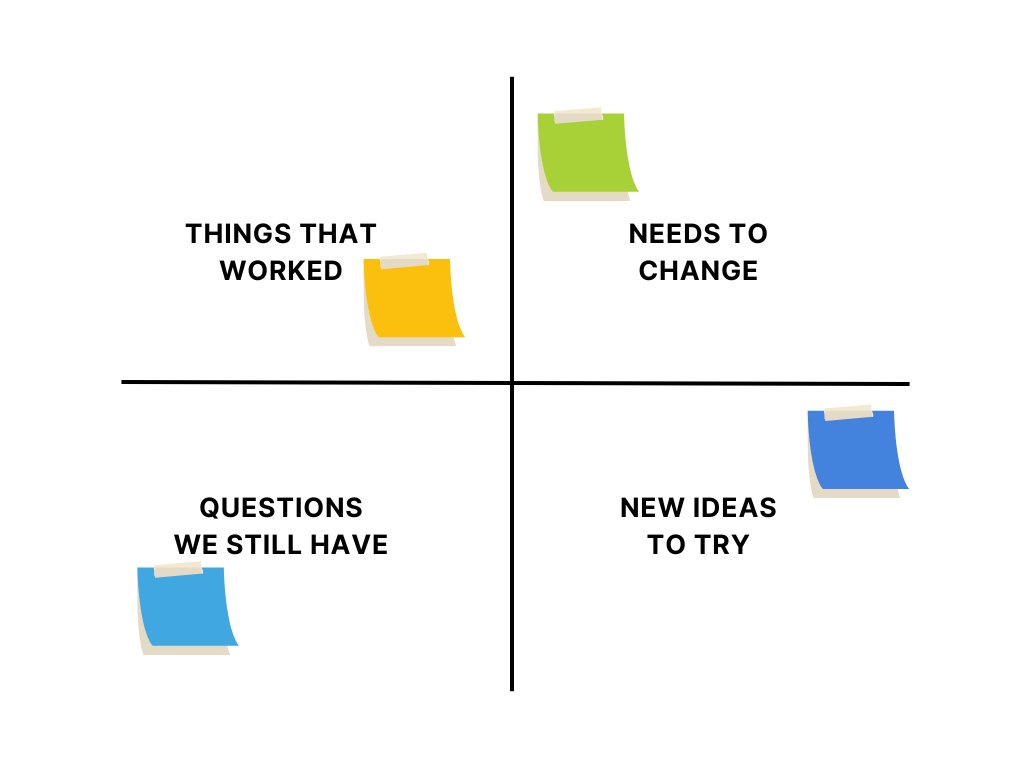Is your team about to embark on a new Quality Improvement (QI) project that involves patients but you’re not sure how to structure it? Are you looking for a meaningful and empathetic approach that champions the user perspective from start to finish and complements traditional QI methods? Design thinking has been gaining attention across a wide range of industries over the past several years, building a strong reputation for its emphasis on forging deeper collaborations to drive successful results. Read on to learn about how standard QI methods can be blended with design thinking approaches to deliver improvement projects that result in maximum impact.
The Institute for Healthcare Improvement’s Model for Improvement is built around setting aims, establishing measures, and selecting, implementing, testing, and spreading changes1. Design thinking is a systematic process that prioritizes deep empathy for the needs and challenges of end-users to fully understand a problem and develop more comprehensive and effective solutions2. The five stages include empathize, define, ideate, prototype, and test (Figure 1).

The fusion of these models is a natural fit in that they are both inherently iterative and non-linear in nature. Fluid and creative thinking, and consistent responsive adaptations by teams and stakeholders are key to their respective successes. We propose the adoption of specific design thinking approaches during three key points in the improvement cycle to set QI projects up for success (Table 1), and they are described more fully below.
Table 1. Design Thinking Approaches for Key Points in QI Improvement Cycle
| QI Model for Improvement Phase | Aligned Design Thinking Stage(s) | Key Design Thinking Approaches |
| Setting Aims | Empathize & Define | Empathy map Journey map |
| Selecting Changes | Ideate & Prototype | How might we? Reverse Brainstorming |
| Implementing Changes | Test | Engaging Extreme users Feedback Capture Grid |
The Setting Aims QI phase aligns well with the Empathize and Define stages of design thinking. In these stages, teams seek a clearer picture and deeper baseline of knowledge and awareness of the target audience and their needs. This can be done through interactive interviews and focus groups with key stakeholders that encourage stories, ask questions neutrally, and pay attention to nonverbal cues. Findings can be shared back to the project team through empathy maps and journey maps3. Empathy maps categorize and visually display user feedback into four separate quadrants including ‘”says, thinks, does, and feels” with an aim to elicit deeper insights and effectively design aim statements. Journey maps are similar to the traditional QI method of process mapping, but they take the specific perspective of a particular user as they walk through the steps of a process.
The Selecting Changes QI step aligns with the Ideate and Prototype stages of design thinking. These stages encompass most of the creativity and interactions with stakeholders to gain perspectives from multiple parties. Within the ideation stage, the focus is to actually produce more ideas rather than focusing on the quality of the ideas. There are no wrong ideas when in the ideation phase of design thinking – the team should creatively consider bold and unusual concepts. Teams can use the “how might we…” method to rapidly brainstorm various (up to 50!) statements that could be used to address the problem3. Teams could also perform reverse brainstorming, which is a technique where instead of asking “how do I solve this problem?” ask, “how could I make the problem worse?”. Answers are then reversed into possible solutions. This allows for a more robust analysis of ideas, and a better understanding of problems and potential solutions.
Finally, the Implementing Changes QI step is in alignment with the Test stage of design thinking. Information such as usage rates, user engagement, reliability, and sustainability should be assessed by the team to measure success. Engaging with extreme users is one design thinking approach that can help QI project teams understand whether or not their changes are being implemented successfully. Those that have strong feelings about the process including outspoken critics and champions should be purposefully sought and asked for their opinions and ideas for improvement. Another technique to aid the tracking of results is the “Feedback Capture Grid” (Figure 2) which organizes observations, results, and proposed changes. With this grid, the QI team can easily trace back to where changes and modifications are needed for future Plan-Do-Study-Act cycles.

Overall, design thinking encompasses a human-centered approach focused primarily on the user experience, and this is an excellent complement to traditional QI methods, particularly at the key QI project points of setting aims, selecting changes and implementing changes. With this introduction to empathy mapping, reverse brainstorming, feedback capture grid techniques and other approaches, you are now equipped to infuse design thinking into your QI improvement cycles, making your projects stronger and ultimately leading to better and safer care.
This post was copy edited by Benson Law.
Senior Editor: Ahmed Taher
References
- 1.Langley GL, Moen R, Nolan K, Nolan T, Norman C, Provost LP L. The Improvement Guide: A Practical Approach to Enhancing Organizational Performance (2nd Edition). Jossey-Bass Publishers; 2009.
- 2.Roberts JP, Fisher TR, Trowbridge MJ, Bent C. A design thinking framework for healthcare management and innovation. Healthcare. Published online March 2016:11-14. doi:10.1016/j.hjdsi.2015.12.002
- 3.Doorley S, Holcomb S, Klebahn P, Segovia K, Utley J. Design School Bootcamp Bootleg Toolkit. Hasso Plattner Institute of Design at Stanford University. Published 2018. https://dschool.stanford.edu/resources/design-thinking-bootleg
Reviewing with the staff





